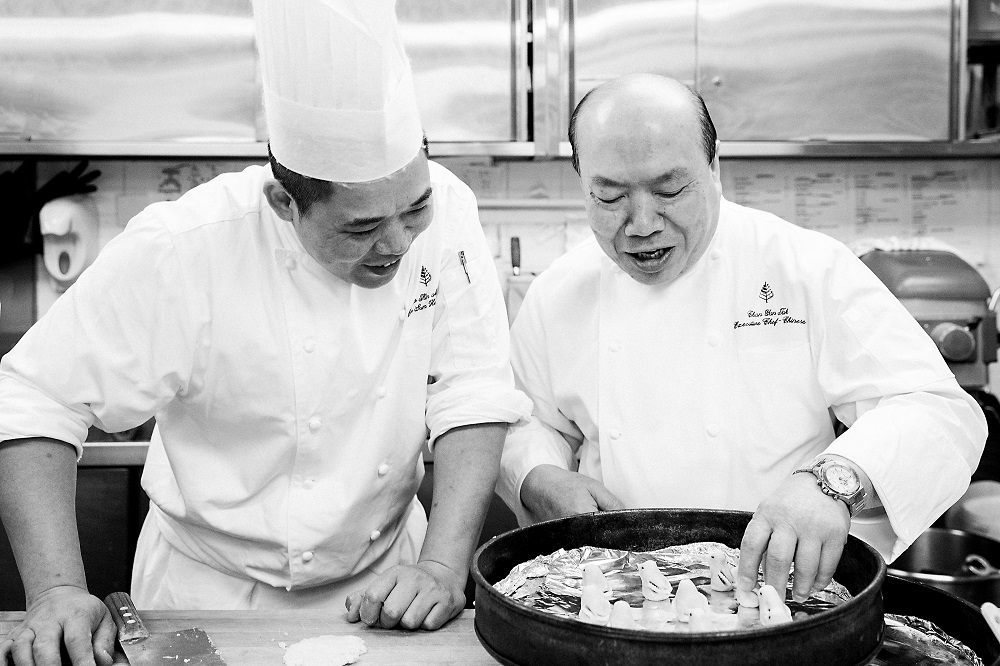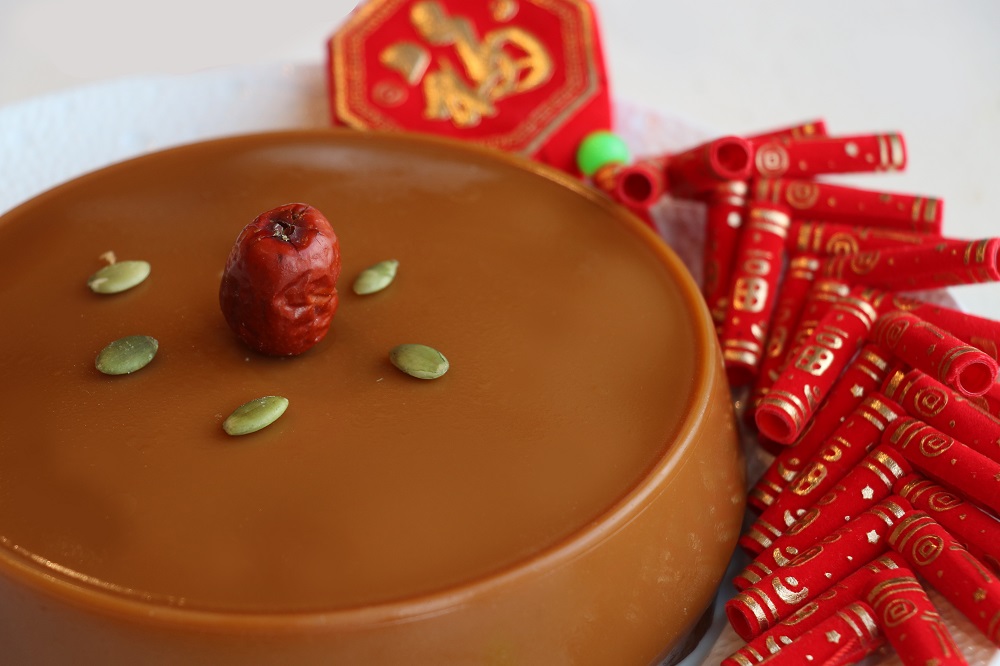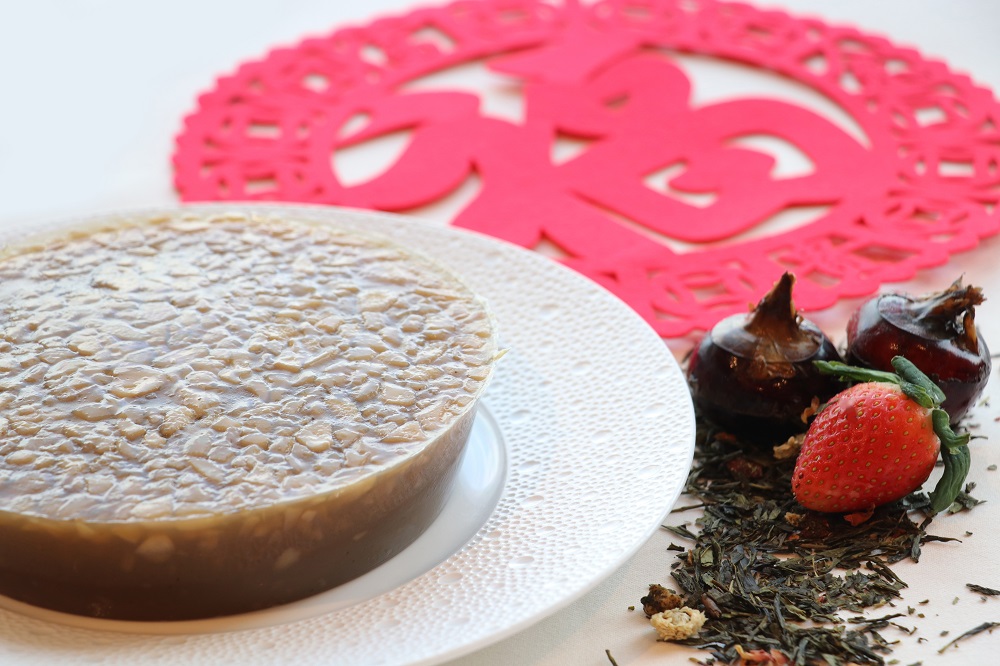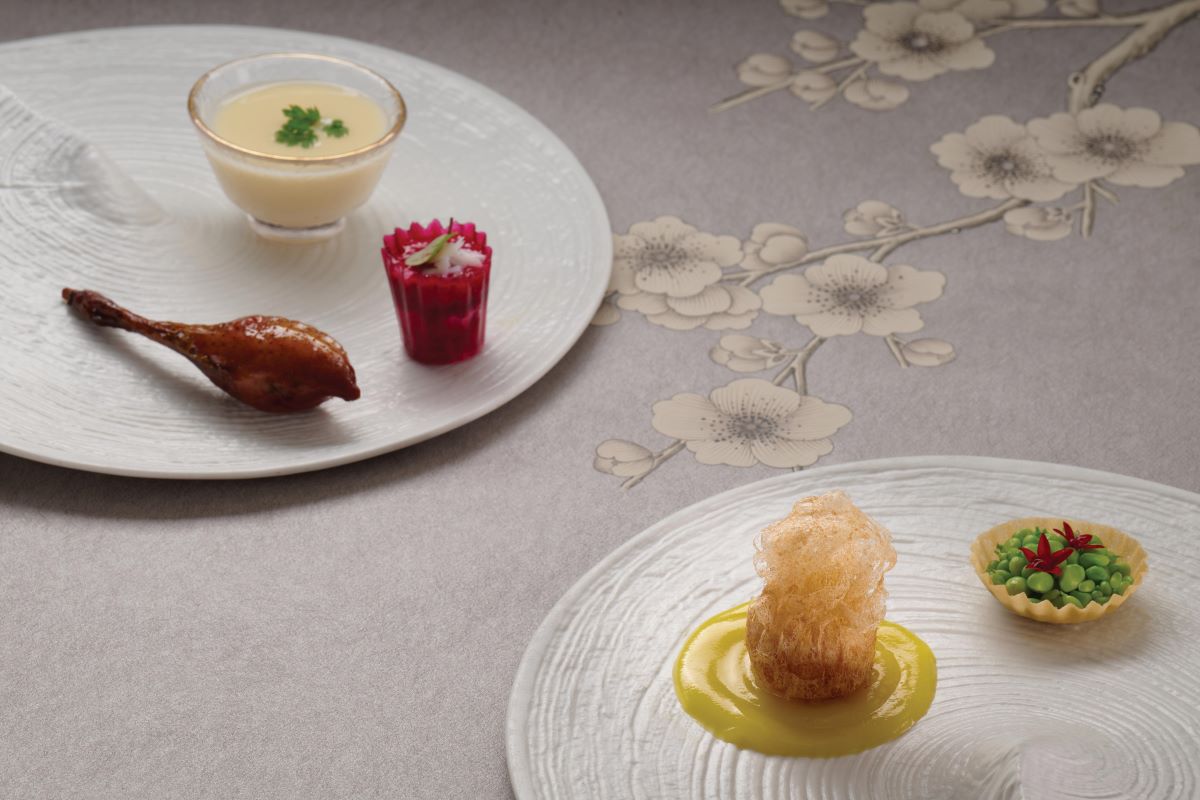
Few things in this life are guaranteed. There is death, of course, and taxes—but those are depressing. On a positive note, we have 年 nin 糕 gou, the auspicious Chinese New Year pudding. This sweet or savoury sticky confection is a staple during the holiday, one of the must-have items on every family’s table.
Like many holiday foods, 年 nin 糕 gou is symbolic. The name itself is a homonym for “year high”, and so promises a brighter future to come. Even the texture has meaning, and is believed to help your family ‘stick’ together.
There are several origin-stories surrounding these cakes. One dates to ancient China, when the country was divided into warring kingdoms. To protect themselves from attack, the Wu Kingdom had a large, powerful wall built. Prime Minister Wu Zixu told his soldiers to dig below the wall, should a siege ever come.
Years later, war broke out and the people of Wu were starving to death. Until, that is, the soldiers remembered the prime minister’s words. They dug below the wall and found that the foundation was made entirely of glutinous rice flour bricks. Leaving questions of hygiene and structural integrity aside, the bricks saved the kingdom from starvation, and the people made 年 nin 糕 gou each year in honour of Wu Zixu.
Read more: The best CNY puddings to buy in Hong Kong
Another creation myth involves Zao Jun, the Kitchen God, an important domestic deity believed to protect the hearth and family. Just before Chinese New Year it is said that Zao Jun meets with Yu Huang – the Jade Emperor—in heaven and delivers a full performance report on every household. The Jade Emperor then decides whether to punish or reward the households. This is, understandably, quite nerve wracking, so people created the sticky cakes as offerings for Zao Jun, to seal his mouth shut and leave him incapable of spilling the metaphorical tea.
Today, these cakes are a fundamental part of modern Chinese New Year celebrations. You can go local, or make your own, but to really stand out many people buy theirs from the city’s top luxury hotels (and VIPs often reserve their’s months in advance!).
We spoke to Chef Ming of the Four Seasons Hotel Hong Kong, to find out what goes into making 年 nin 糕 gou. Chef Ming has been crafting these puddings by hand since he was 20 years old, and now makes over 2,400 a year on behalf of Lung King Heen, the hotel’s three Michelin-starred Cantonese restaurant.

What is the significance of the Chinese New Year pudding?
Traditionally savoury and sweet puddings, known as “go” in Chinese, are generously consumed during the season. “Go” literally means “tall”, so the puddings became a lucky food. It is thought that the more children eat, the taller they may get. It also signifies advancement and progression. Children will do well in class, and adults will reach the next level in their life achievements.
There are sweet and savoury types of puddings, is one more traditional than the other?
Both varieties have the same level of significance during Chinese New Year. If you mention 年 nin 糕 gou, people will probably think of the sweet ones first. But these days, many are more health conscious and may enjoy consuming more savoury than sweet. When I was young, the traditional flavours were 年 nin 糕 gou, Chestnut pudding, Taro Pudding and Turnip Cake.
When you were a child, where did your family get their pudding from?
We would buy the puddings from the wet market and place it on our home alters, as offerings to the gods and our ancestors. We didn’t really eat them.

Who taught you how to make the puddings? How long did it take to master the skill?
It took me seven years to master the skill, because you only make it once a year. Back in those days, Chinese chefs, also known as Si Fus, were more humble and reserved. Normally, they would not share their recipe with you, so I had to learn by observing and experimenting.
Read more: The secret life of Char Siu Bao
Is there a trick to creating a perfect pudding?
Adding oil before the flour is crucial, because it gives the pudding a beautiful finishing glow. This is one of those things you only learn from experience!
How has the pudding developed over the years?
No matter how flavours change, 年 nin 糕 gou is essentially about three ingredients: glutinous flour, wheat starch and rice flour! The last two ingredients are there to make the pudding less sticky, so it will not get stuck to your teeth while you enjoy it.

What makes a Four Seasons Hotel Hong Kong pudding so special?
Let’s take our new flavour – Water Chestnut Pudding with Strawberry Fruit Tea – as an example. I infuse strawberry lychee green tea into the traditional chestnut base to add a refreshing twist. To make the tea, we steep freeze-dried strawberries, lychee, jasmine, rose and green tea in 90-degree hot water for 30 minutes. This is important, because if you steep it for too long it will become bitter. We tried several other variations, such as lime and mint, but the taste was too subtle. For us, it is all about experimentation and attention to detail.
What flavours would you love to try for next year?
I can’t share the grand plan yet, but I will give you a hint. I plan to use seaweed as an ingredient for one of the puddings!
This interview has been edited for length and clarity.





